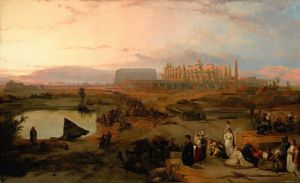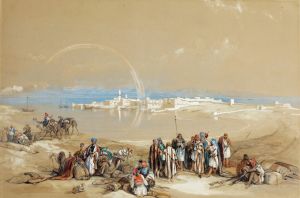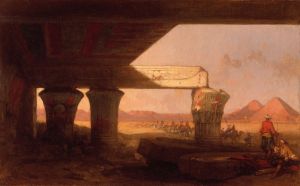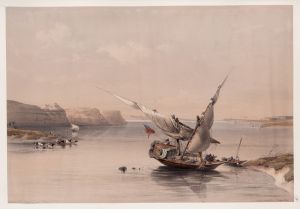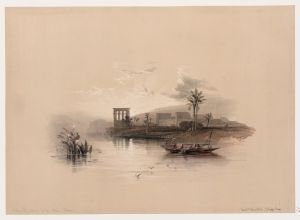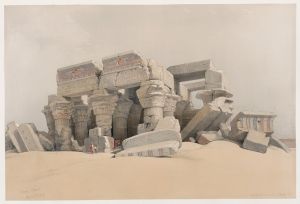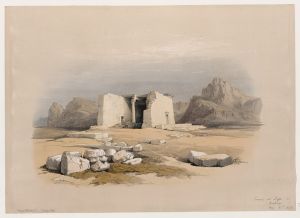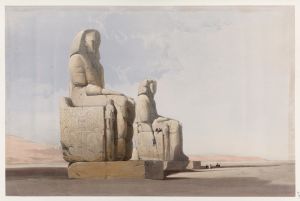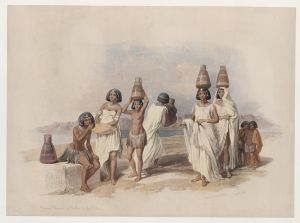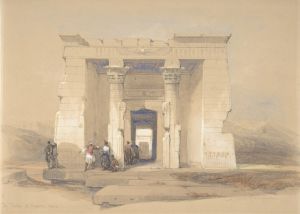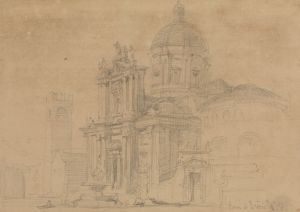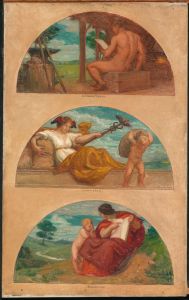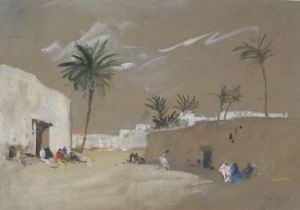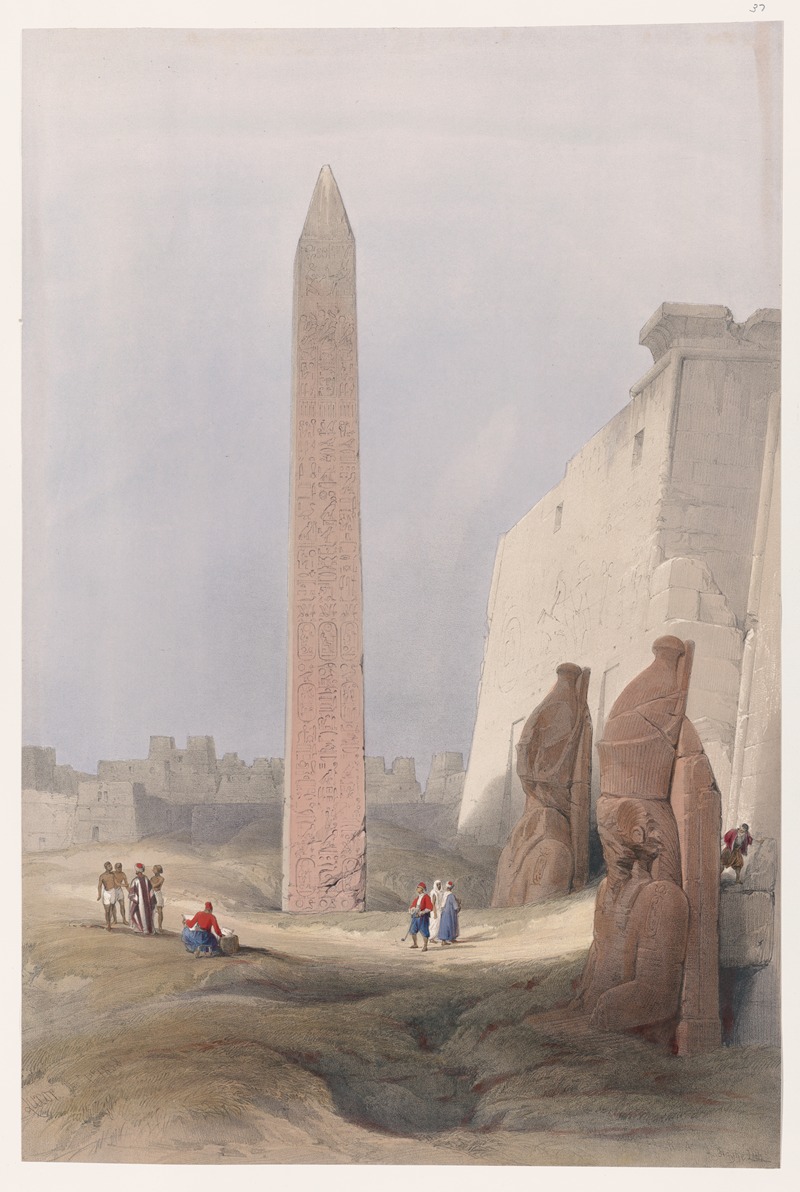
Luxor. Dec. 1st, 1838.
A hand-painted replica of David Roberts’s masterpiece Luxor. Dec. 1st, 1838., meticulously crafted by professional artists to capture the true essence of the original. Each piece is created with museum-quality canvas and rare mineral pigments, carefully painted by experienced artists with delicate brushstrokes and rich, layered colors to perfectly recreate the texture of the original artwork. Unlike machine-printed reproductions, this hand-painted version brings the painting to life, infused with the artist’s emotions and skill in every stroke. Whether for personal collection or home decoration, it instantly elevates the artistic atmosphere of any space.
David Roberts' artwork "Luxor. Dec. 1st, 1838" is a lithograph based on a sketch he created during his travels in Egypt. David Roberts (1796–1864) was a Scottish painter known for his detailed and accurate depictions of architectural and historical sites in the Middle East and North Africa. His works are considered significant contributions to the Orientalist art movement of the 19th century.
The lithograph "Luxor. Dec. 1st, 1838" is part of Roberts' monumental series titled The Holy Land, Syria, Idumea, Arabia, Egypt, and Nubia, which was published between 1842 and 1849. This series was produced in collaboration with lithographer Louis Haghe, who translated Roberts' original sketches into hand-colored lithographs. The collection is celebrated for its artistic quality and historical value, as it provides a visual record of many ancient sites before modern restoration efforts or further deterioration.
The artwork depicts the Temple of Luxor, one of the most iconic ancient Egyptian monuments located on the east bank of the Nile River in present-day Luxor, Egypt. The temple, originally built during the reign of Pharaoh Amenhotep III (circa 1390–1352 BCE) and expanded by subsequent rulers, was dedicated to the Theban Triad of Amun, Mut, and Khonsu. Roberts' depiction captures the grandeur of the temple's architecture, including its massive columns, statues, and pylons, as well as the surrounding environment.
Roberts visited Luxor during his extensive journey through Egypt and Nubia in 1838–1839. His travels were part of a larger expedition to document the region's ancient monuments and contemporary landscapes. He arrived in Luxor on November 28, 1838, and spent several days sketching the temple and its surroundings. The date "Dec. 1st, 1838" in the title likely refers to the completion of the specific sketch that served as the basis for this lithograph.
Roberts' works were widely acclaimed in Europe and contributed to a growing fascination with Egyptology during the 19th century. His detailed and romanticized portrayals of ancient sites helped to popularize the study of Egyptian antiquities and inspired both scholars and the general public. Today, his lithographs remain valuable historical records, offering insights into the condition of these monuments nearly two centuries ago.
"Luxor. Dec. 1st, 1838" exemplifies Roberts' skill in capturing the scale and majesty of ancient architecture, as well as his ability to convey the atmosphere of the locations he visited. The lithograph continues to be appreciated for its artistic merit and its role in documenting the cultural heritage of Egypt.





